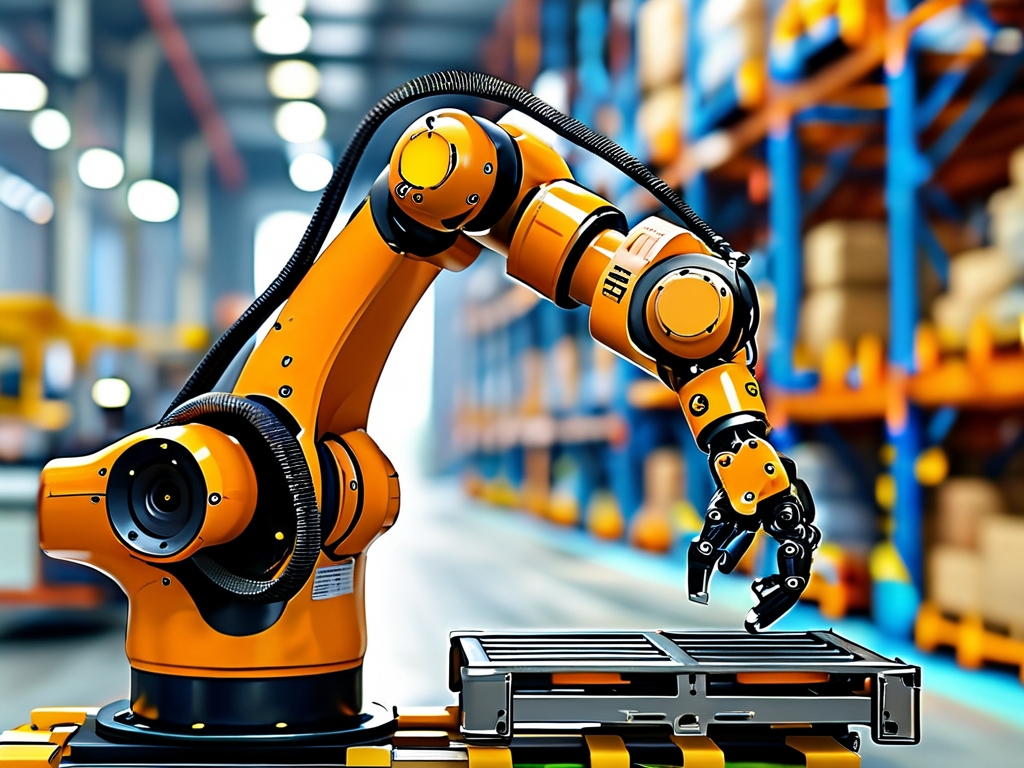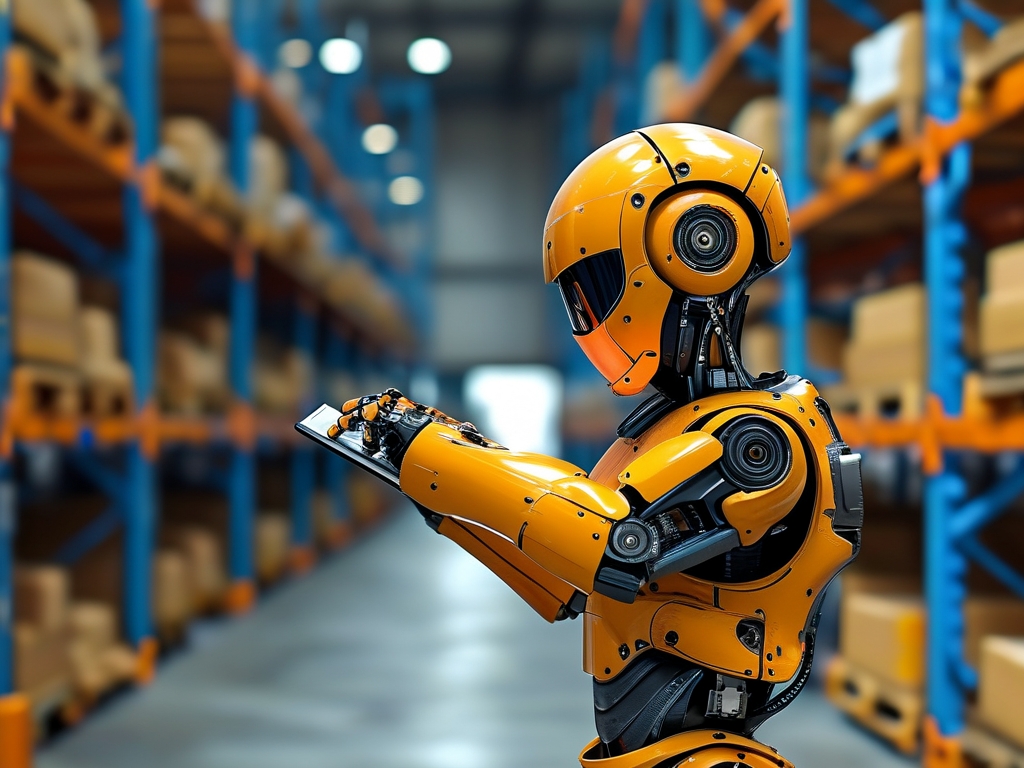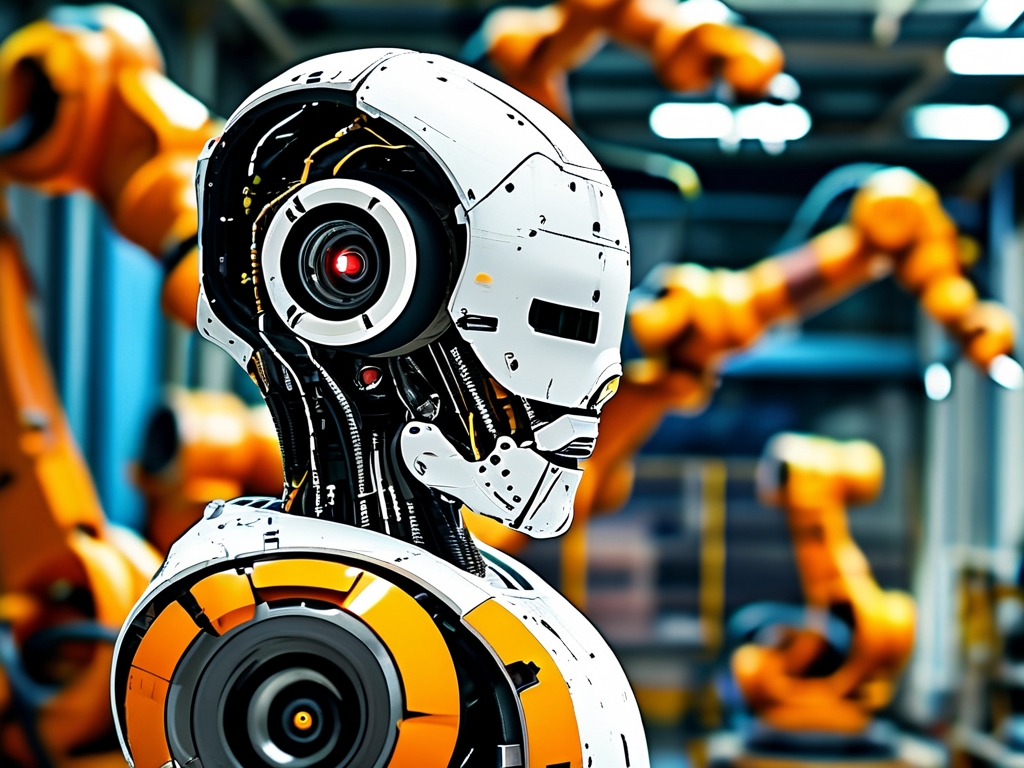Robotic palletizing technology has revolutionized industrial automation by streamlining the process of stacking products onto pallets efficiently and precisely. This article explores the core principles behind robotic palletizing systems, their components, and their impact on modern manufacturing.

1. to Robot Palletizing
Palletizing refers to the systematic arrangement of goods—such as boxes, bags, or containers—onto a pallet for storage or transportation. Traditionally, this labor-intensive task was performed manually, but advancements in robotics and automation have enabled machines to execute it with higher speed, accuracy, and consistency. Robotic palletizing systems are now integral to industries like food and beverage, pharmaceuticals, logistics, and consumer goods.
2. Key Components of Robotic Palletizing Systems
A robotic palletizing system comprises four primary elements:
- Robotic Arm: The central component, often a multi-axis articulated robot (e.g., SCARA or 6-axis robot), designed for flexibility and precision. Its range of motion allows it to pick items from conveyor belts and place them in predefined patterns.
- End-of-Arm Tooling (EOAT): Customizable grippers, suction cups, or mechanical claws that securely handle diverse product shapes and weights. Vacuum-based EOATs are common for fragile items, while mechanical grippers suit irregularly shaped objects.
- Vision Systems and Sensors: Cameras and LiDAR sensors enable real-time detection of product positions, orientations, and potential obstacles. This ensures accurate pick-and-place operations even with irregularly arranged items.
- Control Software: Advanced algorithms govern motion planning, pallet pattern optimization, and integration with warehouse management systems (WMS).
3. Working Principles of Robotic Palletizing
The process follows a sequence of steps:
Step 1: Product Identification and Localization
Using vision systems, the robot identifies incoming products on a conveyor belt. Machine learning models or pre-programmed templates help classify items and determine their coordinates.
Step 2: Pick-and-Place Operation
The robotic arm retrieves the item using its EOAT. Path-planning algorithms ensure collision-free movement while maintaining optimal speed. Force-torque sensors may adjust grip strength to prevent damage.
Step 3: Pallet Pattern Generation
Control software calculates the most efficient stacking pattern based on product dimensions, weight distribution, and pallet size. Common patterns include columnar, interlocked, or brick-like layouts to maximize stability.
Step 4: Layer Completion and Adjustment
After each layer, the robot may apply compression or insert slip sheets to prevent shifting. Sensors verify alignment, and adjustments are made dynamically if deviations occur.
Step 5: Pallet Discharge
Once fully loaded, the pallet is transported to storage or shipping areas, often via automated guided vehicles (AGVs) or conveyor systems.
4. Types of Robotic Palletizing Systems
- Gantry (Cartesian) Robots: Use linear actuators for movement along X, Y, and Z axes. Ideal for heavy payloads and large workspaces but less flexible in complex patterns.
- Articulated Robots: 6-axis robots with human-arm-like joints, offering superior dexterity for intricate stacking tasks.
- Delta Robots: High-speed parallel-arm robots suited for lightweight, uniform items in fast-paced environments like bottling plants.
- Collaborative Robots (Cobots): Equipped with safety features to work alongside humans, ideal for mixed automation settings.
5. Advantages of Robotic Palletizing
- Efficiency: Robots operate 24/7 with minimal downtime, significantly boosting throughput.
- Precision: Consistent stacking reduces product damage and improves load stability during transit.
- Scalability: Systems can adapt to varying product sizes and pallet configurations through software updates.
- Ergonomic Benefits: Eliminates repetitive strain injuries associated with manual palletizing.
6. Challenges and Solutions
- Product Variability: Irregular shapes or fragile items require adaptive EOATs and AI-enhanced vision systems.
- Integration Complexity: Middleware platforms like PLCs (Programmable Logic Controllers) standardize communication between robots and existing infrastructure.
- Cost: Initial investment is offset by long-term labor savings and reduced error rates.
7. Future Trends
- AI-Driven Optimization: Machine learning will enable real-time pattern adjustments based on historical data and environmental factors.
- Mobile Palletizing Robots: Autonomous mobile robots (AMRs) combined with palletizing arms for decentralized operations.
- Sustainability Focus: Energy-efficient designs and recyclable packaging-compatible systems.
8.
Robotic palletizing technology exemplifies the synergy between mechanical engineering, computer vision, and intelligent software. By understanding its principles—from sensor-driven localization to adaptive pattern generation—industries can harness automation to achieve unprecedented levels of productivity and reliability. As innovations in AI and robotics accelerate, the future of palletizing promises even greater adaptability and integration with smart supply chains.







